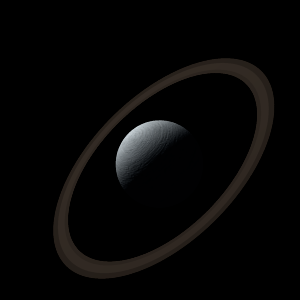|
|
Space Astro
|
Info for exoplanet "Neara-skoll"
| Scientific (actual) data |
|---|
| Name | KMT-2018-BLG-1976L b |
| Planet status | Confirmed |
| Planet mass | 1.96 |
| Semi major axis | 2.04 |
| Discovered | 2021 |
| Updated | 2021-04-15 |
| Publication | Published in a refereed paper |
| Detection type | Microlensing |
| Mass measurement type | Microlensing |
| Star name | KMT-2018-BLG-1976L |
| Right ascension | 266.35° |
| Declination | -35.7° |
| Star distance | 5840 |
| Star mass | 0.65 |
| Wikipedia article | KMT-2018-BLG-1976L b |
Back
| |
| Fictional info (?) |
|---|
| Suggested name | Neara-skoll |
| Planet type | Cold gas giant |
| A prominent result is the "great blue spot", a giant storm that is known to have existed for centuries since it was first seen by telescope. |
| Atmosphere | Ethane | 57% |
| Ozone | 15% |
| Carbon dioxide | 12% |
| Ammonia | 11% |
| Argon | 4.5% |
| Hydrogen deuteride (HD) | 0.0031% |
| Oxygen | 1.4E-5% |
| Atmospheric pressure | 11 bar |
 |
| Moon | Reha | Large slightly egg-shaped rocky moon |
| Laonoe | Large irregular oceanic planetoid |
| Saxa-gefar | Large almost round rocky moon |
| Erite Onedys-rosa | Large potato shaped rocky comet |
| Hisida Misfar | Huge irregular rocky moon |
| Hepros | Medium-sized round crater-filled asteroid |
| Google search for Neara-skoll |
|
Website by Joachim Michaelis
|
|
|
|